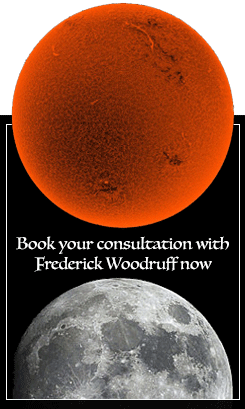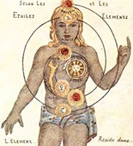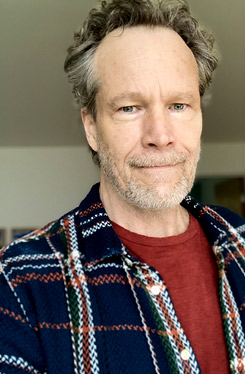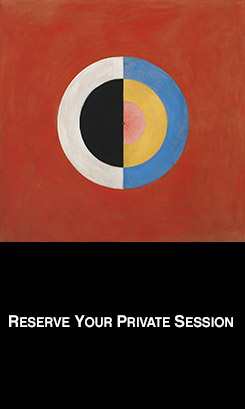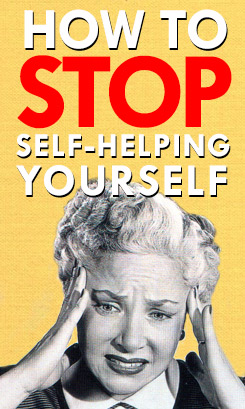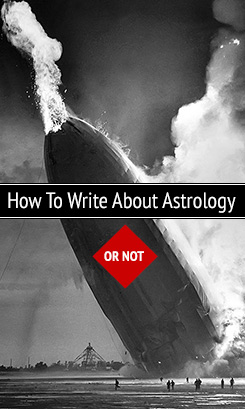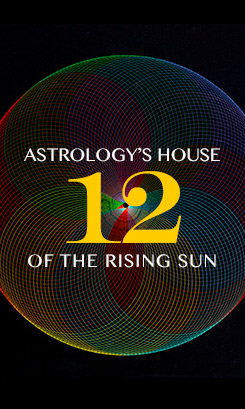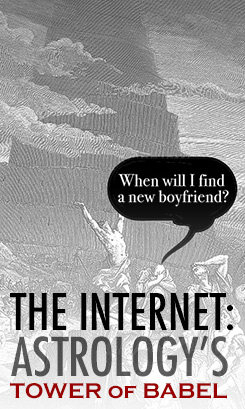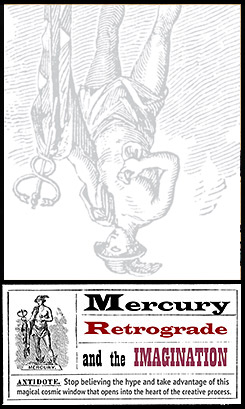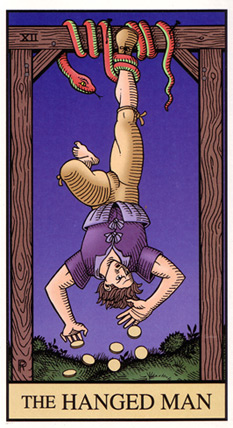Cosmic Stall and The Hanged Man
To stall is to procrastinate. That’s the usual connotation of the word stall. And procrastination implies a conscious kind of non-action on the part of the procrastinator. But there is another definition taken from the world of aviation. A mechanical stall is a malfunction in the flight of an aircraft in which there is a sudden loss of lift that results in a downward plunge. “The plane went into a stall and I couldn’t control it.”
Can you relate?
With both Saturn (the prime mover) and Mars (the feisty shaker) in retrograde motion, our direction, our sense of time, our desire (Mars) for a forward momentum (Saturn) — all of our leaning toward and lunging for is, well, suspended — left dangling. So when someone asks you, “What are you up to?” You can say, in all honesty, “Just hanging around.” Or if you’re a more melodramatic type: “Man, I’m going down.”
So, while you’re falling why not pick a card — any card.
Of all the various versions of the Tarot’s Hanged Man (Pamela Colman Smith’s glowing, haloed figure or Aleister Crowley‘s eerie ankh-hung Spiderman) I like the simplicity of Robert Place‘s rendering — taken from his Alchemical Tarot deck — the best. I also think Place’s Hanged Man is more true to the initial stages of frustration that one experiences when she first notices that her airplane has gone into a stall.
Place animates his Hanged Man with a thrashing motion of the body and an angry, perplexed countenance. The man is definitely rebelling against his predicament. And all that he has acquired within the normal, forward motion of time, is falling from his hands.
I asked Robert why he decided to depict The Hanged Man in such an agitated state and he said, “…because he is uncomfortable being hung by his foot.” Fair enough! Robert went on to explain: “The original meaning of the card was suffering and punishment — a loss of position and an ordeal. In the Renaissance, to be hung by the foot was a punishment reserved for traitors. The original name of the card was the Traitor. This is a loss that comes before the Death. The Traitor is symbolically linked to the figure descending the Wheel of Fortune — head down. He is headed for death and after death rebirth in the Judgement card.”
Above and coiled around the man’s foot — holding all of the drama in place — is a snake, borrowed from Crowley’s version of the card. Snakes are the ‘go to’ symbol for reminding us that we too shed our skin and are born anew. Reminders of the cyclic experience of birth, growth and decay, within the larger movement of time.
But not without a lot of friction; rubbing and chafing. Have you ever watched a snake shed it’s skin? I have. As a kid I had several snakes as pets, and it was always a special event watching my snakes molt. And there was always the prize of that abandoned, usually completely intact, transparent skin.
Mars and Saturn move backwards and there’s a universal stall. To have both timekeepers in retrograde disrupts the mechanical/animal routine of our lives. The dynamism of time takes on a different sense. The impersonal glide of time (Saturn), as we experience it within the collective, feels enclosing and stock still. And personal time (Mars) — as we experience it within the rhythm and robustness of our instincts — feels thwarted; forced to lean towards introspection, reevaluation and psychic excavation.
Cosmic stalling hints at a kind of mystical cessation, and like The Hanged Man, once the thrashing and chafing have quelled, we notice a different quality of attention available to us, an opportunity to use this new ‘down time’ to reassess our place within time. And if we’re very still, say, through the practice of meditation, contemplation or guided attention, we might begin to sense the Mystery of Time itself — Time in which we “live and move and have our being.”
P.D. Ouspensky considered human beings to possess four levels of consciousness. The first three related to elementary levels of cognitive awareness — our instincts and our ability to think and reason. The fourth level he called self-consciousness. Not self-consciousness in the sense of being reserved or overly preoccupied with oneself, but self-consciousness as a prelude to an awakened sense of self-awareness. He connects this fourth form of consciousness with one’s ability to experience another perception of time. This implies a major alteration in the feeling of what one is. What is it like to feel beyond time? To no longer feel impermanent and transitory? To be something timeless?
In his book Opening, the artist and philosopher William Segal talks about the opportunity for insight that accompanies stillness, when our consciousness is in ‘free fall’:
“It is undeniable that the feeling of Mystery in oneself often comes when there is a cessation of ordinary thinking, when the mind is in free movement, not caught by any thing. When one has enough free attention to see and even choose one’s associations, one learns a great deal from the experience. One may even accept that the eventual role of thought is to value it for its possibility to still itself. Periods of stillness, of conscious direction of thought, are immensely valuable accumulators of the energy needed for the experience of the unknown.”
What exactly is the ‘experience of the unknown’? Well, it helps to have enough ‘free attention’ to let the question tease forth an answer, most likely the same kind of attention the Hanged Man experiences once he’s surrendered to the particulars of his new view.
As Tom Blunt notes in his excellent rumination on the card: “Our natural desire is to stand strong on our own two feet, but evolving…requires us to accept disorientation as a condition that may illuminate us, despite our deeply ingrained craving for stability.”
When life conditions ‘turn us upside down’ we’re actually, according to Gurdjieff, able to perceive reality as it actually is. With our usual somnambulistic haze, humans experience reality through a distorted lens, a kind of Orwellian ‘world of opposites’, where what’s false is touted as true and what’s meaningless is valued as meaningful. To reverse this condition one must step outside of the normal rhythm and sense of time, this is what Ouspensky meant by developing a capacity to have a different perception of time.
Tom continues: “Eventually disorientation and unease give way to a profound insight that your right-side-up mind never would have arrived at on its own — no matter how smart or imaginative you are, some lessons simply require immersion.”
Immersion has a liquid connotation and The Hanged Man has the Hebrew letter Mem — for water — assigned to it. So an initiation is implied, a baptism. But there is also immersion as in being engrossed, fully present, fully awake.
William Segal immersed himself in a meditation on True Nature, and made some notes in the process. The first time I read this in Opening I considered it as I would an incantation; perhaps a similar internal process accompanies the Hanged Man’s stillness. I hope so.
“There is a middle ground, a basic Reality embracing self and Self. It may be called my true nature. To discover what prevents me from the experience of it, I have only to look at myself, just as I am.
It is so simple.
At this moment, what is my state? I let my attention embrace myself.
I am very still. I follow my breath. I watch the movement of thoughts and associations. Feelings become quiet. Activity in the head diminishes.
I remain very still, refusing the mind’s inclination to reach for anything. Thoughts and feelings come and go like floating clouds. They are not me.
The experience is at one and the same time, both active and passive. Through sensation of the body, I perceive that I am. Yet, I do not know who or what I am. I am witness to my existence.
I am aware of feeling, an accepting awareness. I am very still, relating to the silence that is both inside and outside.
Nothing is lacking in this moment.”
